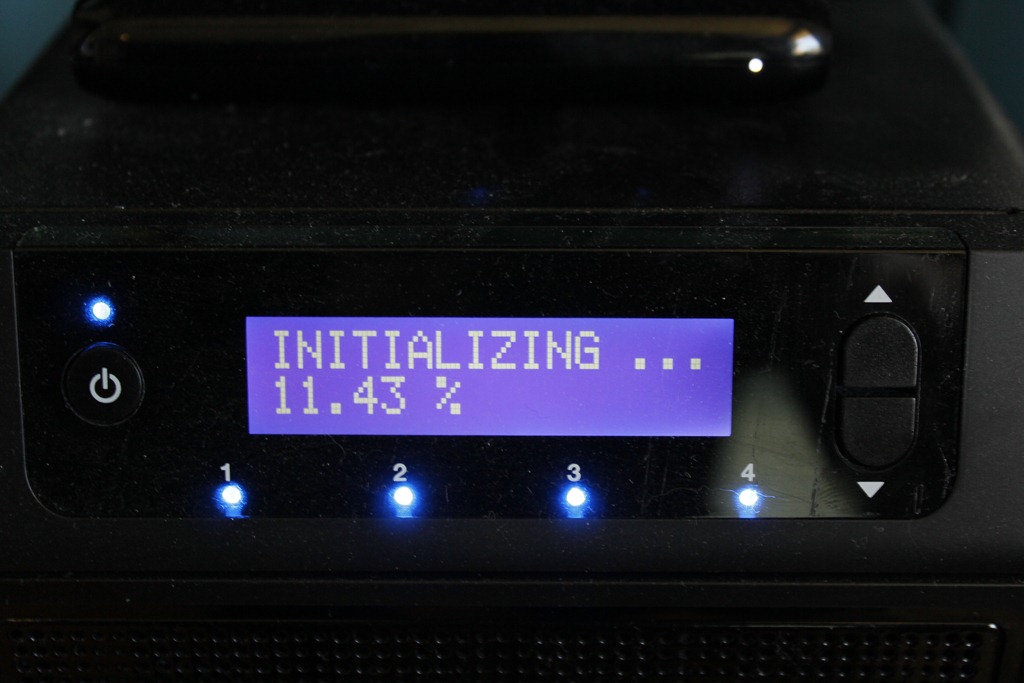

You aren't supposed to be mucking about in there, but when has that ever stopped any of us? Some things are just bizarreĬomputers that have the Windows Storage Server 2008 R2 Essentials Launchpad installed show up in the management interface.

Pay heed to Microsoft's licensing requirements, however: Storage Server Essentials has a limit of 25 users.Īlso, do remember that for all the official limitations on this server, Windows Storage Server 2008 R2 Essentials is still Windows Server 2008 R2. It works just fine as a stand-alone workgroup-class NAS, or it can join your domain to ensure that your user management is somewhat easier. That said, Windows Server 2008 R2 - regardless of edition - is a great storage OS. If you want user management, share management or iSCSI Management you have to use the dashboard client which feels a bit like chiseling your commands into a stone tablet then ganging up a bunch of swallows to carry the thing off. The web app on the NAS is a primitive interface for shuffling files around. What really gets my goat, however, is the part where managing and maintaining the NAS "by the book" requires you to use a client-side application. The dashboard actually works pretty well as a simple interface The front of the array gives you somewhere in the neighborhood of 300MB/sec on big sloppy sequential activity tapering off gracefully in the familiar pattern for spinning rust to do around 175MB/sec at the end of the array. Intel's Chipset RAID silicon has come an awfully long way since the last time I looked at it in depth. The RAID is standard Intel RAID and holds up remarkably well, all things considered. The model I was sent for review contained 4x Hitachi 4TB disks, which come out to around 11TB of usable space after everything is said and done. It sports a 1.8Ghz Intel Atom D525, 2GB of DDR3, 2x 1GB NICs and can support up to 4x hard drives. I say reasonably durable because it can apparently survive being punted halfway across the room (with no visible scratches) when I trip and fall on my desk after taking the thing apart. The WD Sentinel DX4000 is an attractive little NAS, it measures 208mm X 160mm X 223mm and is made out of reasonably durable black plastic.

While I've developed a certain level of dislike for the Microsoft-provided elements of the NAS, Western Digital went out of their way to make it better and they've impressed me in the process. The Sentinel stands out for me not only because it's the first Windows-based NAS I've had the chance to tinker with, but because Western Digital has done a fair bit of customising. When I was asked to write about it I was initially unsure exactly how I would approach this: where's the novelty in a small consumer or SME device? Western Digital makes Network Attached Storage (NAS) devices and recently sent a Sentinel DX4000 to El Reg for review.


 0 kommentar(er)
0 kommentar(er)
